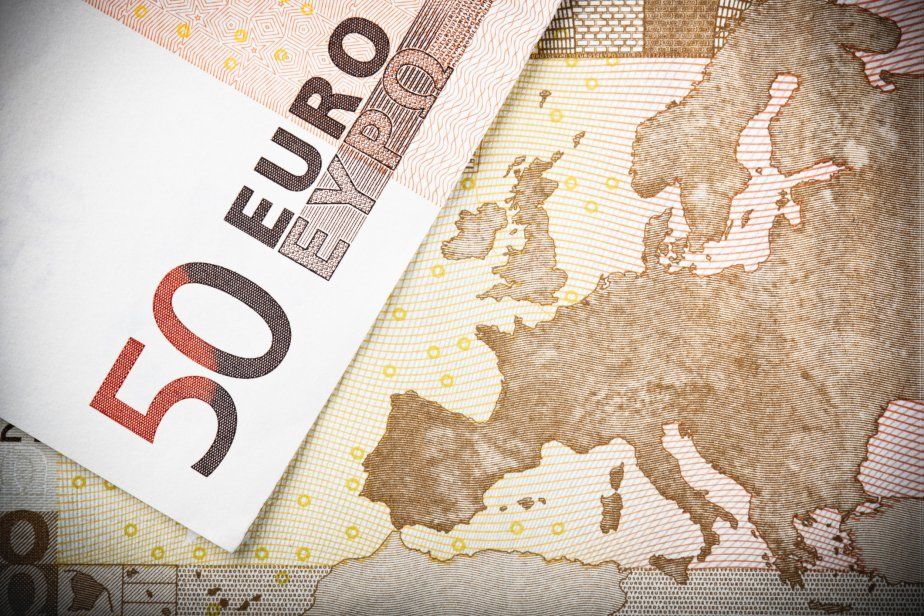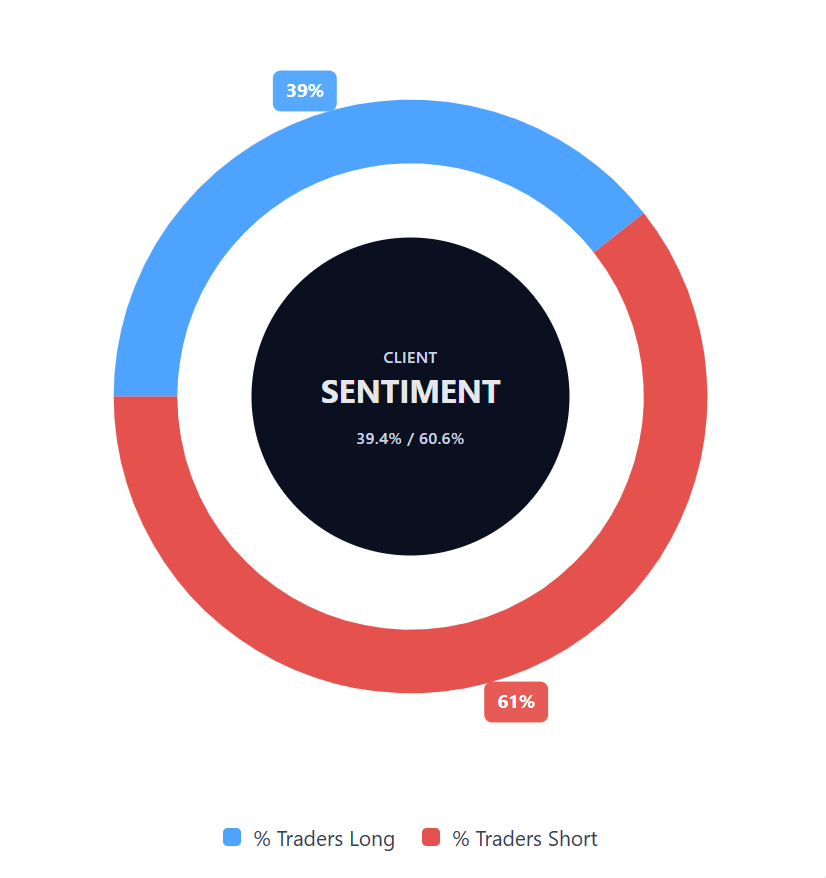Euro forecast 2025-2030: Third-party targets
EUR/USD is trading at 1.17648 as of 10:26 UTC on 9 September 2025, holding near the upper end of its intraday range of 1.1706-1.1779 amid broad-based US dollar weakness.
The pair is trading close to its strongest levels since late July, supported by positioning ahead of key policy meetings and data releases this week (Trading Economics, 9 September 2025).1
Meanwhile, the European Central Bank (ECB) is expected to keep rates unchanged at its 11 September meeting for a second consecutive time, with eurozone inflation steady at 2.1% and the central bank appearing comfortable with its current policy stance (Morningstar, 9 September 2025).1
EUR/USD forecast: Analyst price target view
Trading Economics (consensus model)
Trading Economics projects EUR/USD at 1.17 by the end of Q3 2025, with a further decline to 1.15 within 12 months (as of 9 September 2025). Their quarterly outlook points to modest weakness amid expectations that Federal Reserve rate cuts will be less aggressive than markets initially priced in.
Goldman Sachs (research update)
Investinglive reports that Goldman Sachs maintains a 12-month EUR/USD forecast of 1.20 (August 2025), citing persistent dollar weakness linked to fading US economic exceptionalism and policy uncertainty. The bank now forecasts 1.12 in three months, 1.15 in six months, and 1.20 in 12 months, up from earlier projections of 1.07, 1.05 and 1.02 (April 2025).
JP Morgan (global research)
JP Morgan Global Research expects EUR/USD to reach 1.19 by September 2025 and rise to 1.22 by March 2026 (as of July 2025). The bank highlights medium-term drivers including US economic moderation, currency hedge rebalancing, German fiscal support and changes in US policy. It also notes expectations of a 10% year-to-date decline in the dollar index.
UBS (wealth management)
Investing.com UK reports that UBS has raised its EUR/USD targets to 1.21 by end-2025 and 1.23 by June 2026 (July 2025), up from previous forecasts of 1.16 and 1.20. UBS identifies the euro as the “default alternative” for global investors seeking to reduce US dollar exposure amid political uncertainty in the US and stronger European fundamentals.
Morgan Stanley (FX strategy)
Exchangerates.org.uk reports that Morgan Stanley projects EUR/USD will strengthen to 1.25 by Q2 2026, with an upside target of 1.30 in a bullish scenario (June 2025). The bank expects the 10-year bond yield to fall to 3.45% by Q2 2026, down from just below 4.40%, reducing dollar support.
Predictions and third-party forecasts are frequently inaccurate, as they can’t account for unforeseen market events. Past performance should not be relied upon as an indicator of future results.
Euro prediction: Technical overview
On the daily chart (9 September 2025), EUR/USD remains above its key moving average cluster – approximately the 20/50/100/200-DMAs at 1.168 / 1.166 / 1.153 / 1.107 – with the 20-over-50 alignment intact. Momentum is neutral: the RSI(14) at 59.7 is in the upper neutral zone, while the ADX(14) at 11.4 indicates a weak trend.
A daily close above 1.182 would bring 1.196 into focus. On pullbacks, initial support is seen at the pivot near 1.161, followed by the 100-DMA shelf around 1.153. A break below this level could expose the S1 pivot at 1.147.
This analysis is provided for informational purposes only and does not constitute financial advice or a recommendation to buy or sell any instrument.
Capital.com’s client sentiment for EUR/USD
EUR/USD CFD buyers account for 39.4% and sellers for 60.6%, leaving sentiment in majority-sell territory but short of an extreme, with sellers ahead by 21.2 percentage points (9 September 2025). This snapshot reflects open positions on Capital.com and is subject to change.

FAQ
What is the forecast for EUR/USD?
Third-party forecasts for EUR/USD vary. Trading Economics projects the pair at 1.15 over the next 12 months, while investment banks including Goldman Sachs, JP Morgan, UBS, and Morgan Stanley see levels in the 1.19-1.25 range, citing structural dollar weakness and relative euro resilience. Forecasts are subject to change and often differ depending on methodology and market assumptions.
Could the EUR/USD get stronger in 2025?
Analysts remain divided. Several banks, including UBS and Morgan Stanley, expect EUR/USD to strengthen into late 2025 and beyond, supported by weaker US growth and political uncertainty. In contrast, consensus models point to modest declines if US rate cuts are less forceful than currently priced in. The outlook depends on economic data, central bank policy and broader market sentiment.
Is it a good time to buy EUR/USD?
That depends on individual strategy and risk tolerance. Current positioning shows majority-sell sentiment on EUR/USD CFDs, while forecasts from major institutions outline both upside and downside scenarios. Market direction will continue to depend on data releases, policy meetings and shifts in dollar dynamics. Independent research and effective risk management remain essential before making any trading decision.